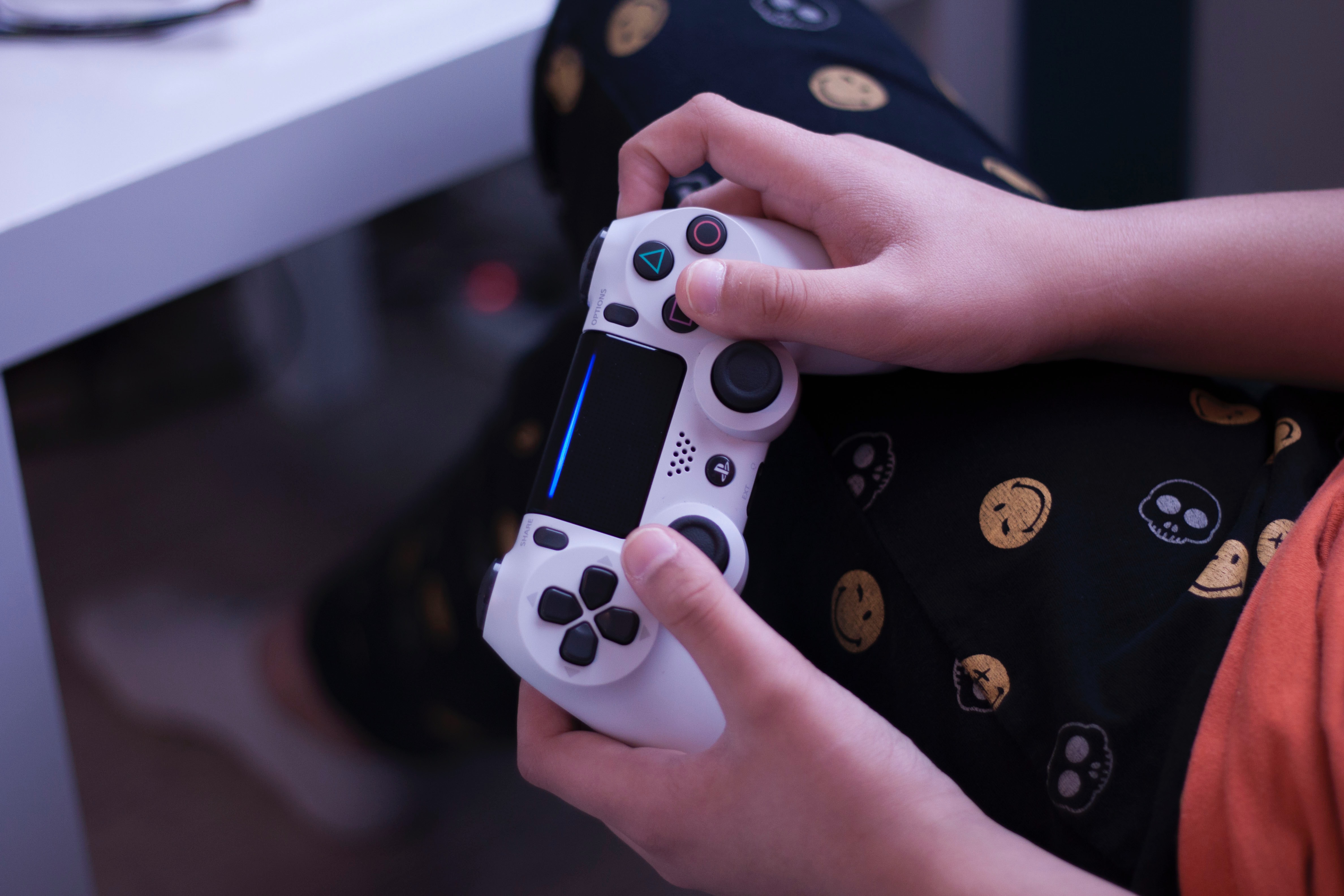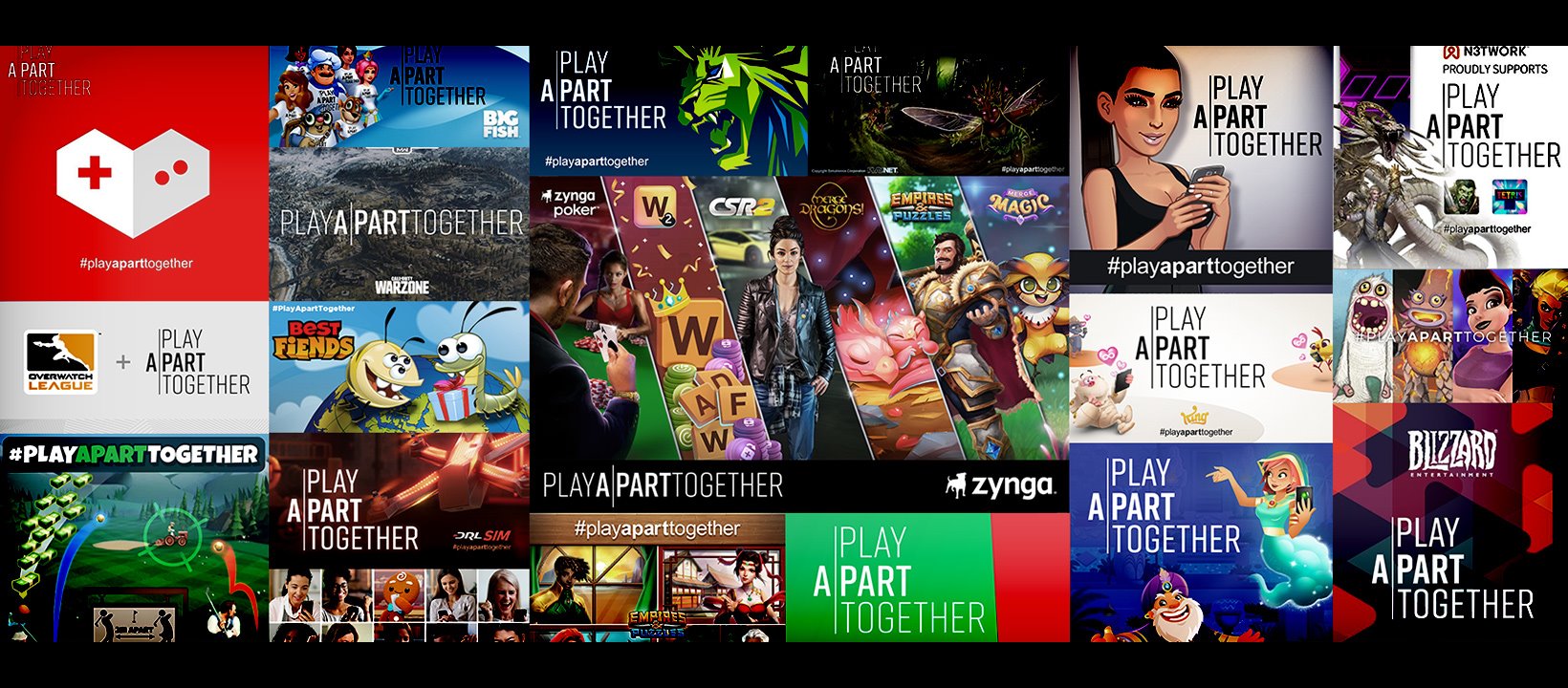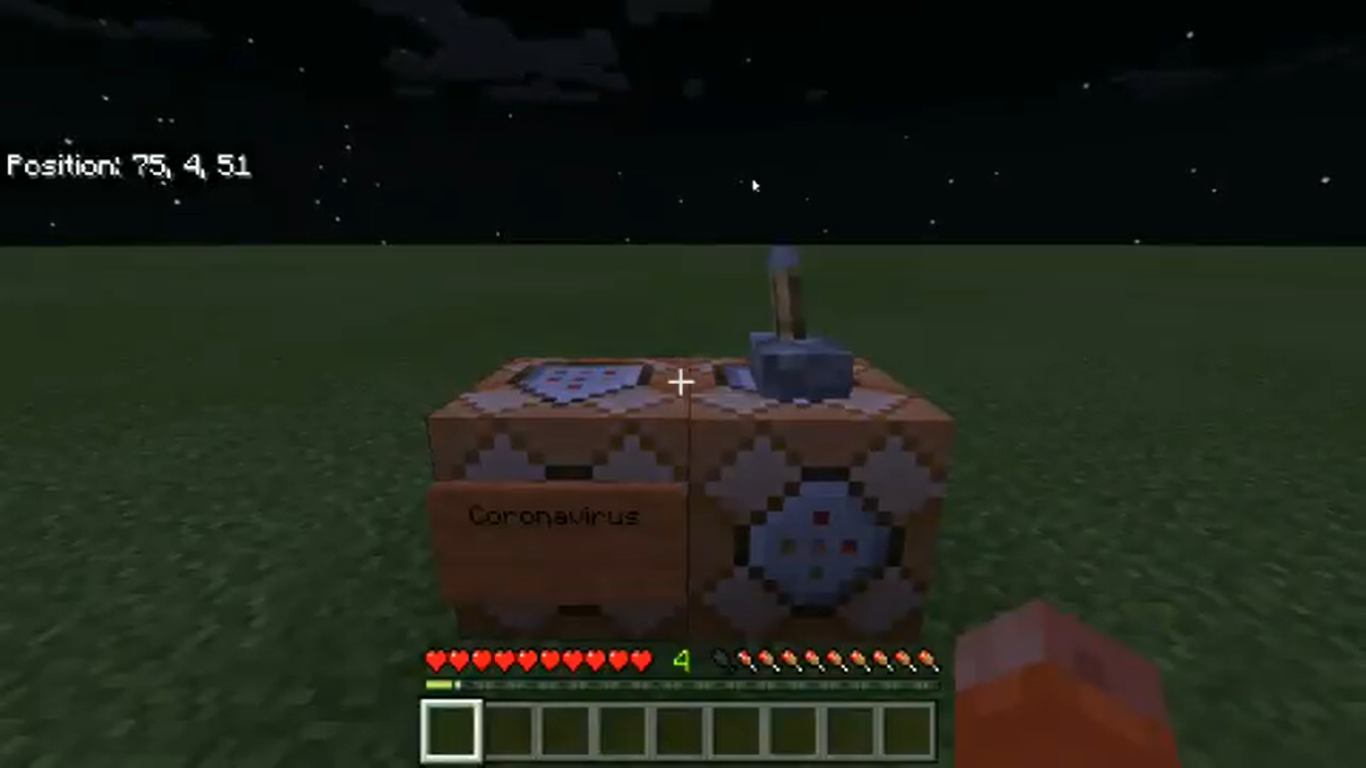Play Apart Together: Digital Play During the Pandemic
Kate Cowan discusses some of the ways children have been playing with digital technologies throughout the pandemic and the debate surrounding young people’s ‘screen time’.

One year ago, as the first wave of the Covid-19 pandemic brought widespread lockdowns, the World Health Organisation (WHO) launched a campaign encouraging people to play their part in slowing the spread of the virus by staying home and playing video games. The #PlayApartTogether campaign, in collaboration with games industry partners, promoted gaming as a way to follow the WHO’s health guidelines, including physical distancing.
The campaign raised some eyebrows, as just a few years earlier the WHO had controversially classified gaming addiction as a disorder, prompting headlines about ‘the rise of a 21st century epidemic’. However, faced with a very real and urgent health crisis, the WHO appeared to be more open to the benefits of such play. Similar campaigns followed, such as the charity CALM’s Play and Talk weekend encouraging people to play games online with friends to support their mental health during lockdown.

Attitudes towards video games seemed to be shifting from health concern to health intervention. In an earlier blog post I wondered whether these campaigns, and more time spent using digital technologies during the pandemic, would bring a shift in adult attitudes and greater acceptance of children’s digital play. However, recent articles in the press suggest ongoing concerns, particularly about children’s increased ‘screen time’.
In their 2020 Life in Lockdown report, Ofcom found that young people had been spending more time using digital technologies during the pandemic: ‘Restrictions on normal life have left a space which they are filling with social media, gaming and watching content’. Although this may have intensified under lockdown, it is part of an ongoing trend in children’s increasing media use, with Ofcom’s 2019 survey showing that 35% of 5-7 year olds, 66% of 8-11 year olds and 72% of 12-15 year olds already played games online.
Calculating ‘screen time’ seems too blunt a measure when young people have had such varied screen-based experiences during the pandemic: online lessons with teachers, video calls with grandparents, watching films with siblings, online gaming with friends, creating and sharing via social media, online PE workouts and more besides. These activities, whilst all screen-based, offer very different experiences in terms of both media content and social context. It seems necessary to ‘flip the script’ from counting hours of screen time to better understanding what young people have been doing on screens during this time.

We are researching digital play as part of our study into children’s play experiences during the pandemic. Our data collection is ongoing, but so far we have heard about ways digital play has been an important part of children’s lives. For example, an 8-year-old from Taunton in the UK told us, “I have been doing Roblox with a friend in Singapore … It made me feel happy because I connected with a friend through a game”. Brothers aged 8 and 13 from Sheffield in the UK shared an example of a coronavirus clinic they had built in Minecraft, complete with an outbreak lever and antidote. We are also seeing hybrid forms of onscreen-offscreen play. For instance, a family from Kusterdingen in Germany told us about their 4-year-old building a toy house with his mum and playing with it virtually with his grandmother in another country over Skype, talking about where to put the different figures and suggesting storylines.
By inviting children and adults to tell us about their play during the pandemic, both onscreen and offscreen, we hope to build a rich picture of digital play that is more nuanced than simplistic measures of ‘screen time’, helping us understand the creative and social possibilities of digital play in children’s lives during the pandemic and beyond.
Can you help us find out more about children and young people’s play during the pandemic, both onscreen and offscreen? Please share your examples here.



